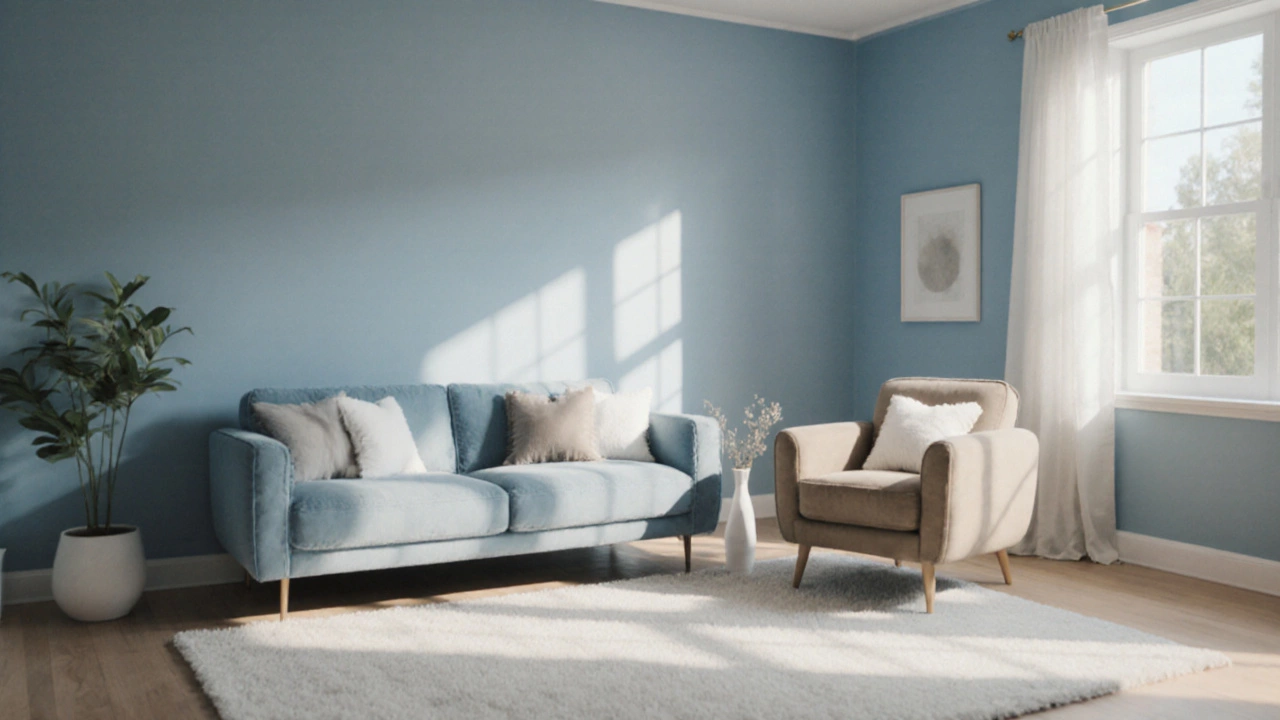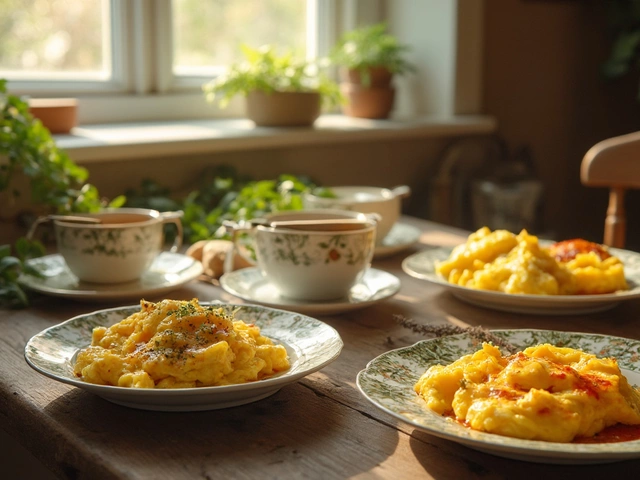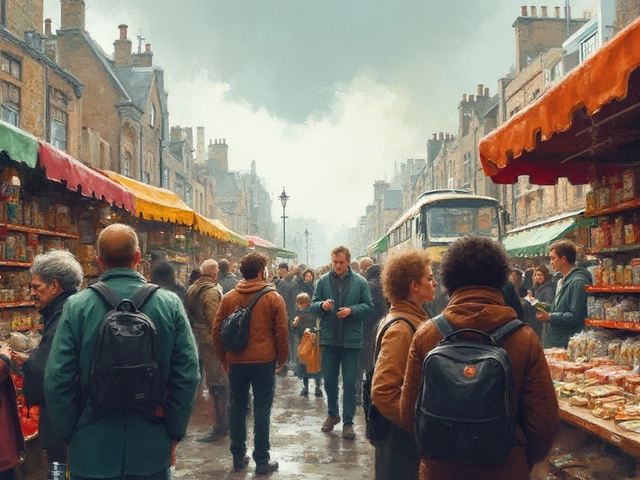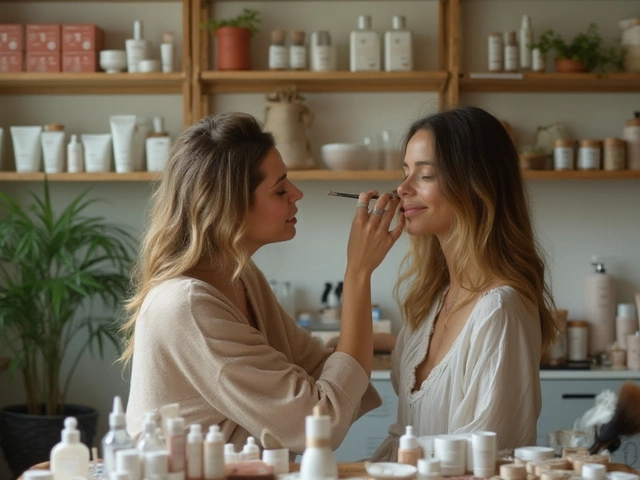Home Decor Color Palette Generator
Base Color
60% of your scheme
Secondary Color
30% of your scheme
Accent Color
10% of your scheme
When you’re staring at a room that looks good but feels off, the missing piece is often home décor the art of arranging furniture, colors, textures, and accessories so everything feels intentional. Mastering home decor matching isn’t about following rigid rules; it’s about creating a visual conversation that runs through every corner of your space.
Start with a Clear Color Palette
Color is the fastest way to unite or clash elements. Begin by picking a base hue that appears in larger items-walls, a sofa, or the floor. Then add two to three accent colors that complement the base. For a calming vibe, pair a soft blue with warm taupe and crisp white. For drama, try charcoal with mustard and deep teal.
When you first mention the concept, think of Color palette a curated set of primary and secondary hues that guide all décor decisions. A handy trick is the 60‑30‑10 rule: 60% dominant color, 30% secondary, 10% accent.
Pick a Consistent Furniture Style
Furniture style sets the tone. Whether you lean modern, traditional, boho, or industrial, keep the language consistent across pieces. A sleek glass coffee table feels out of place beside a heavily carved wooden armchair.
Define your Furniture style the overall design language of chairs, tables, sofas, and storage units early on, then let it guide material choices. If you love mid‑century modern, look for tapered legs, walnut finishes, and low profiles.
Use Wall Art as a Color Bridge
Artwork is a natural bridge between colors and textures. Choose pieces that echo your base hue and pick up one of the accent colors. A large abstract canvas with splashes of mustard can tie a mustard throw pillow to a charcoal sofa.
Consider Wall art paintings, prints, or sculptures that add visual interest and reinforce the room’s palette as a focal point rather than an afterthought.
Layer Lighting for Depth
Lighting isn’t just functional; it shapes perception. Mix ambient (overhead), task (reading lamps), and accent (LED strips, wall sconces). Warm‑white bulbs soften cool color schemes, while cool‑white bulbs sharpen a vibrant palette.
Think of Lighting the combination of fixtures and bulbs that affect mood and highlight décor elements as another way to echo your color story.
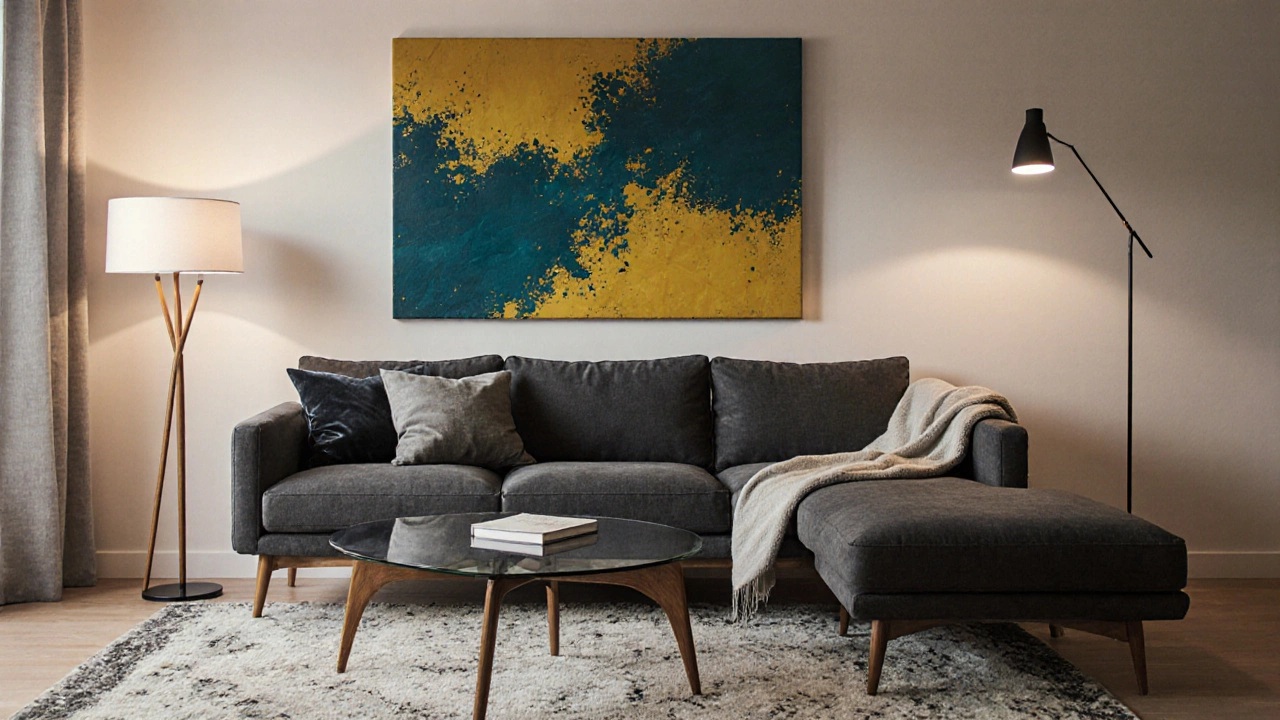
Introduce Textiles for Texture Harmony
Cushions, throws, rugs, and curtains bring softness and pattern. Choose textiles that match at least one color from your palette and vary the material: linen for a breezy feel, velvet for luxury, wool for coziness.
When you talk about Textiles fabric-based accessories that add texture, pattern, and comfort, remember scale-large patterns work well on big sofas, while tiny motifs suit accent chairs.
Mind the Flooring as a Unifying Base
Floors set the groundwork for everything else. Hardwood, tile, or polished concrete can each complement different styles. If you have a bold color palette, a neutral floor lets the colors pop; with a muted palette, a patterned rug can become the statement.
Identify your Flooring the material covering the ground, influencing the room’s visual weight and flow early, then match rugs and furniture legs to create continuity.
Plan the Room Layout for Visual Flow
A chaotic layout breaks the matching vibe. Arrange furniture so sightlines travel smoothly from one feature to the next. Use a rug to define a conversation area, keeping the arrangement centered around a focal point like a fireplace or TV.
Think of Room layout the spatial arrangement of furniture and decor elements within a space as the skeleton that holds all matching decisions together.
Accent Pieces: The Final Glue
Small items-vases, books, decorative bowls-can reinforce color and style in subtle ways. Pick two or three accents that echo your palette and place them where the eye naturally lands.
These are the Accent pieces minor decorative objects that add personality and reinforce the overall design theme that make the room feel complete.
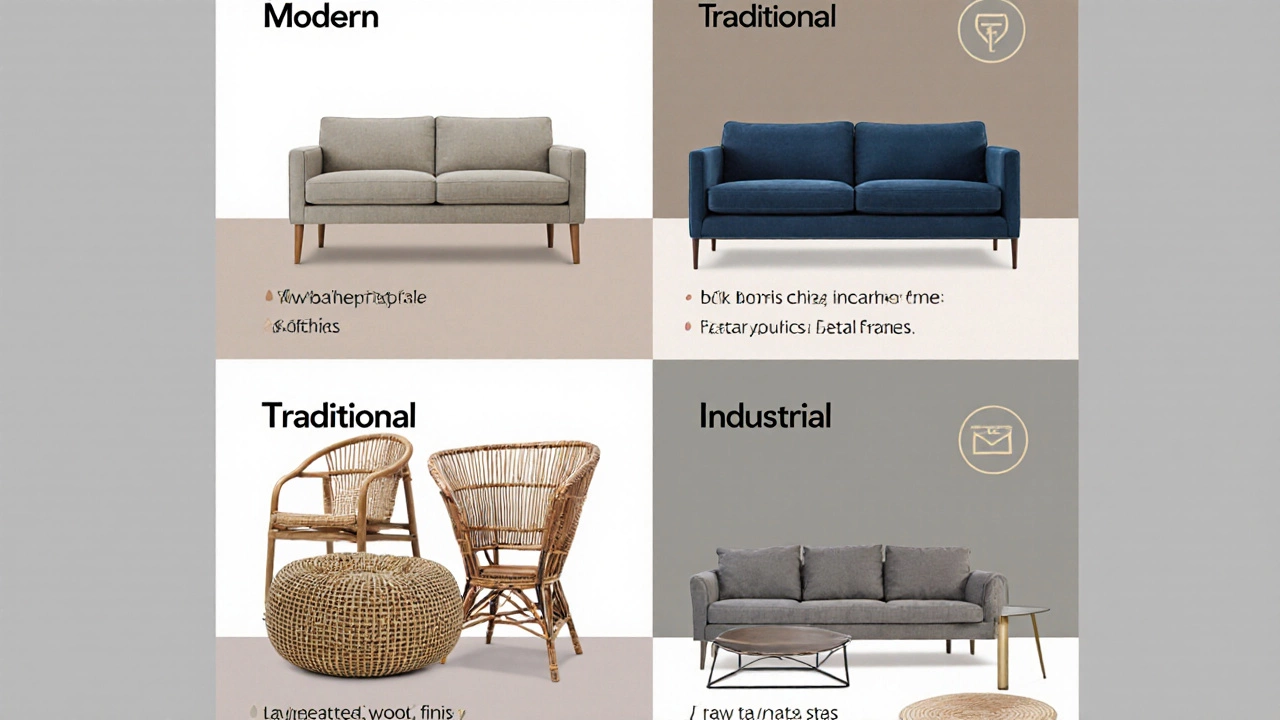
Style Comparison Cheat Sheet
| Style | Key Colors | Typical Furniture | Best Matching Tips |
|---|---|---|---|
| Modern | Neutral whites, grays, black | Low‑profile sofas, metal legs, glass tops | Use a single accent color in textiles or art to add warmth. |
| Traditional | Rich creams, deep blues, wood tones | Upholstered chairs, carved wood tables | Match drapery to upholstery; repeat wood finishes. |
| Boho | Earthy greens, warm oranges, patterned neutrals | Eclectic mix, rattan, low‑lying poufs | Layer textiles with varied patterns; let colors flow. |
| Industrial | Charcoal, rust, exposed metal | Metal frames, reclaimed wood, concrete | Balance raw materials with a soft rug or sofa. |
Quick Checklist for Seamless Matching
- Define a base color from a large piece (wall, sofa, floor).
- Select a complementary furniture style and stick to it.
- Choose wall art that includes one accent color.
- Layer lighting to highlight colors and textures.
- Introduce textiles that echo your palette and vary texture.
- Keep flooring neutral or use a rug to anchor the room.
- Arrange furniture for clear sightlines and focal points.
- Finish with 2‑3 accent pieces that repeat key hues.
Troubleshooting Common Matching Mistakes
Too many colors - If you feel the room looks chaotic, go back to the 60‑30‑10 rule and eliminate one accent.
Mixing styles - When modern meets rustic, pick a unifying element like metal legs on wooden tables.
Over‑matching - If everything looks the same, introduce texture contrast: a sleek lamp next to a woven basket.
Next Steps: Bring Your Vision to Life
1. Sketch a quick floor plan and mark your dominant color zones.
2. Shop for one accent piece that embodies your chosen palette.
3. Rearrange existing furniture before buying new items-sometimes a new layout solves mismatches.
4. Add lighting layers last; they can instantly shift the mood.
Take a photo of each room before you start, then compare after each change. Seeing the transformation helps you fine‑tune the matching process.
How many colors should I use in a single room?
Aim for three core colors: one dominant, one secondary, and one accent. This keeps the look cohesive without feeling flat.
Can I mix modern and vintage furniture?
Yes, as long as they share a common element-like a similar metal finish or a unifying color palette. The contrast becomes a design feature, not a clash.
What’s the best way to incorporate bold colors without overpowering a space?
Use bold hues in small doses: a statement chair, a patterned rug, or a piece of art. Keep the larger surfaces neutral to let the bold items shine.
How do I make a small room feel larger with décor matching?
Stick to a light, cohesive color scheme and limit visual clutter. Mirrors placed opposite windows reflect light and expand the sense of space.
Should I match my décor to the architecture of the house?
Consider the architectural style as a backdrop. A farmhouse with modern décor can work if you honor the original wood tones and add contemporary pieces that respect the scale.
